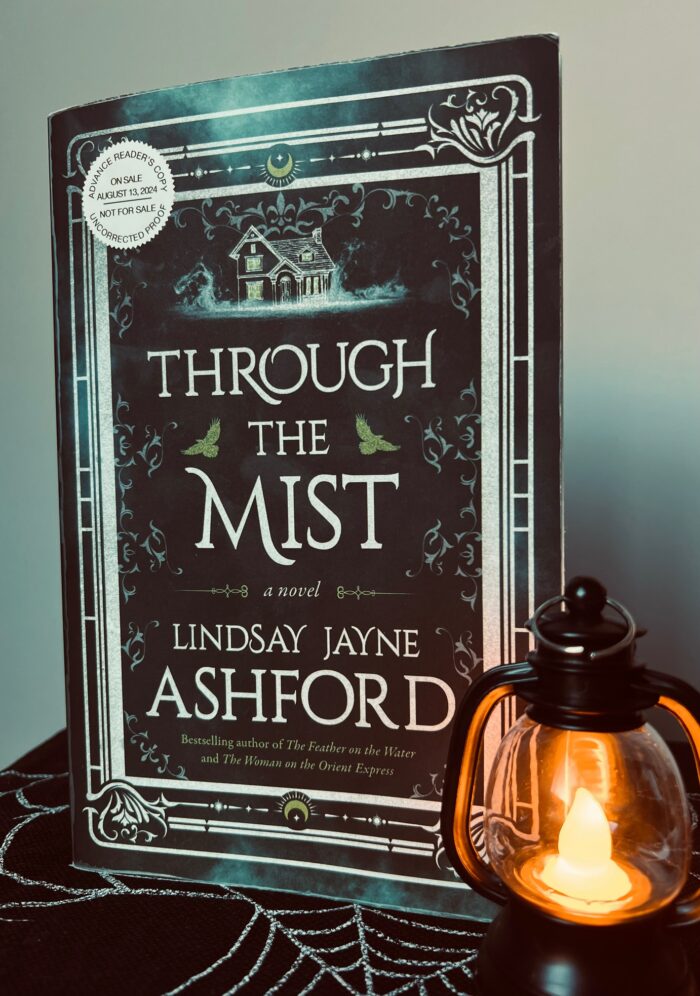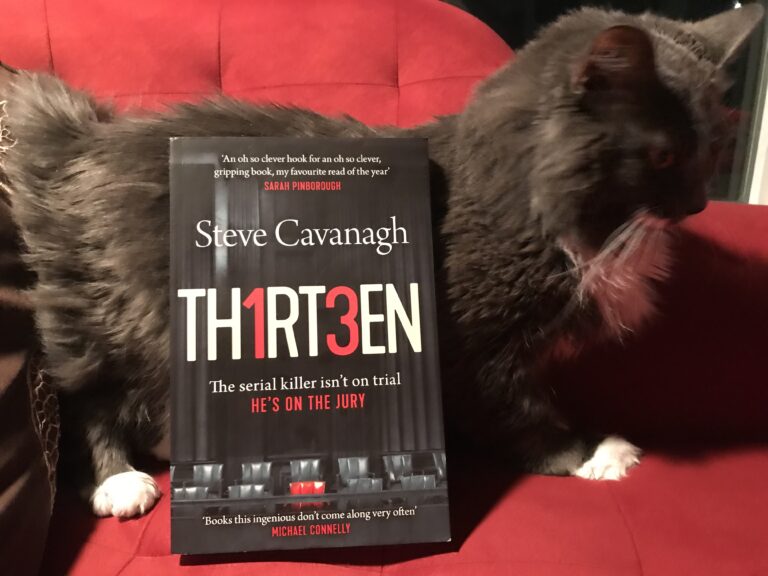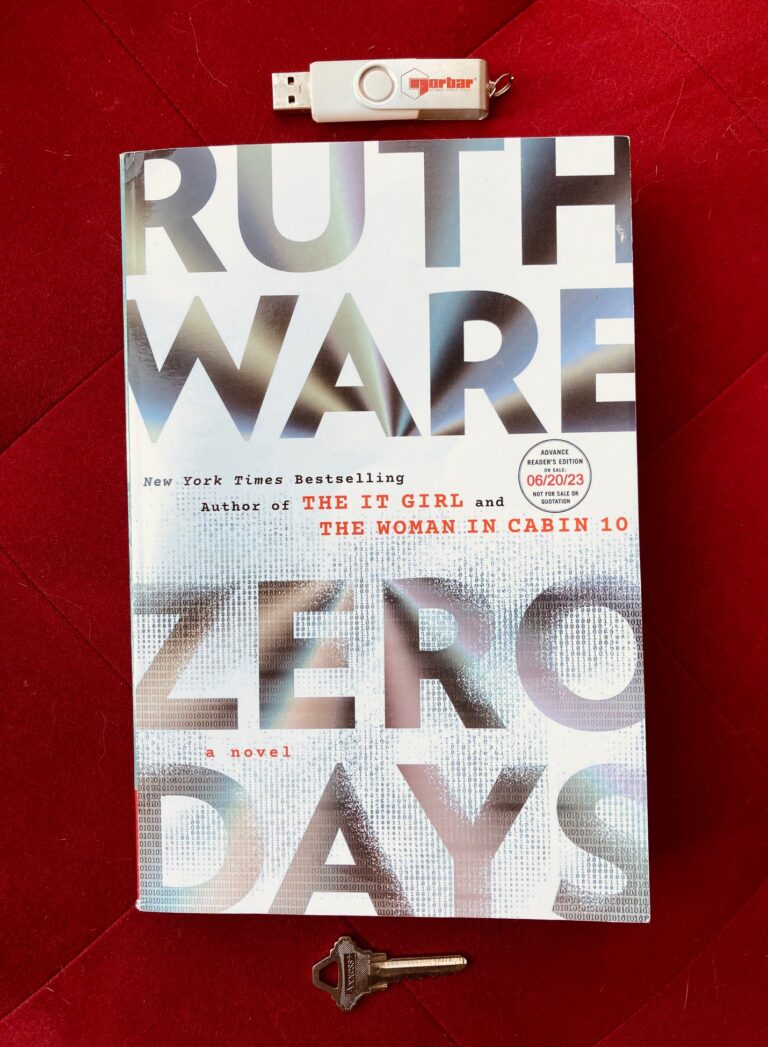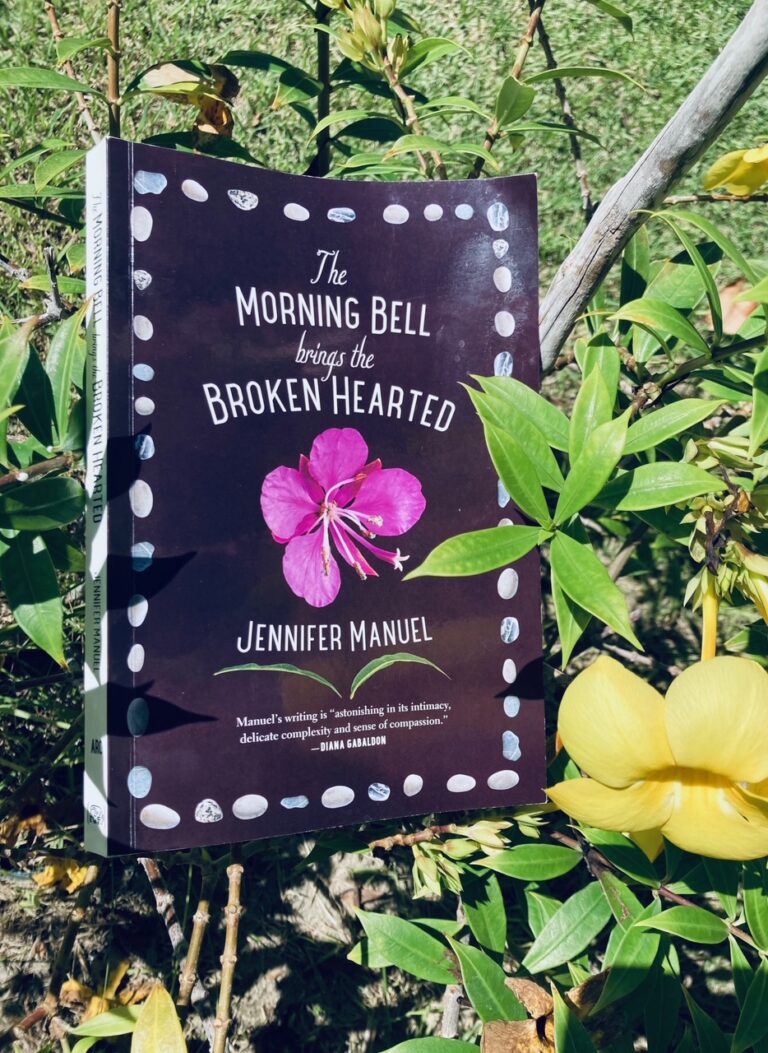Book Review: Through the Mist by Lindsay Jayne Ashford

My season of spooky reading continues with another ghost story called Through the Mist by Lindsay Jayne Ashford. I’ve had this book on my shelf for awhile, but because I prefer reading ghost stories in the Fall, I was saving it until I could curl up with it in the colder months. This is the first I’ve read by this author so I didn’t approach it with high expectations, but I think this novel suffers from a case of misleading marketing more than anything. It’s a work of dark suspense, but not a ghost story, so beware of that if you choose to pick it up.
Plot Summary
Taking place after WWII, the novel opens with a short newspaper article announcing a suspicious death along the coast of Cornwall, along with a personal note between friends that implies some secretive activities. From there, we meet Ellen and Tony, a newlywed couple travelling the isolated road to their new home, a rustic cabin known as “Carreg Cottage” situated above the small town of St Ives. Tony is evasive about his history with the area and its assortment of odd inhabitants, but Ellen is so intent on making this new relationship work she’s ignoring the obvious red flags, including a creepy voodoo-like doll that she finds stuffed up the fireplace. In alternating chapters we are introduced to a young woman named Iris who is also returning to St Ives after a long absence, but because she’s run away from home she keeps her true identity a secret. She meets Ellen at a party, and ends up working for her in an attempt to make some money and provide for herself. Together, these women find themselves searching for more information; we discover fairly early on that it was Iris’s mother that was the subject of this newspaper article from a few years ago, while Ellen becomes increasingly sure that Carreg Cottage is actually haunted. The occasional chapter is written from Tony’s perspective, revealing that he’s not only keeping things from Ellen, but he’s also taking magic mushrooms regularly in an effort to quiet the voices that haunt Carreg. The creepy atmosphere is ramped up by the moors themselves, unknowable and covered in mist, but is the area truly haunted, or are the characters simply haunted by their own memories and experiences?
My Thoughts
So we have suggestions of ghosts, witches, drug addiction, mental illness, and infidelity all swirling through this plotline, which admittedly, gets a bit complicated. And because there are so many competing elements, it moves along slowly, inching towards the truth of what happened to Iris’s mother that fateful night, and how Tony is (or isn’t involved). On top of that we have a blossoming love story – the local Vicar’s son has fallen for Iris, but because she’s afraid to reveal her true identity, she is forced to keep secrets just like Ellen and Tony. All of these plot elements come together to create a storyline that’s engaging, but busy. Many ghost stories tend to ramp up quite quickly around the halfway point once it’s decided that ghost really do exist, but this book leaves that question hanging until almost the very end, which left me feeling impatient. I just wanted to get to the scary stuff, but instead I found myself navigating complicated family histories and bashful lovers with communication troubles. It definitely wasn’t what I was expecting – look at that cover!
Despite my grumblings about the misleading genre, it’s obvious this book is well researched and firmly placed within its unique setting. We are subtly reminded of the time period, an example is when Ellen attempts to lease a storefront and her husband (who is not making any income of his own, by the way) is required to sign on her behalf – she is not allowed to as a female. This is only years after she drove an ambulance and tended to wounded civilians in London during the war, which doesn’t seem to qualify her for much of anything post-war, other than ensuring her husband has a home cooked meal each night. And yet St Ives seems to be on the forefront of change as well – it’s full of artists of all different mediums, who each seem to support each other’s work with plenty of opportunities to display it as well. The author goes into great detail at the end of the book as to the real-life inspiration behind the fictional story, which is also very cool to read about.
I feel as though I’m being a bit unfair with this book because as it stands on its own it’s well-written and engaging, but I also don’t like to be faced with one kind of story when I was expecting another. Now that you’ve been warned, you can make an educated decision as to whether this novel is for you.





